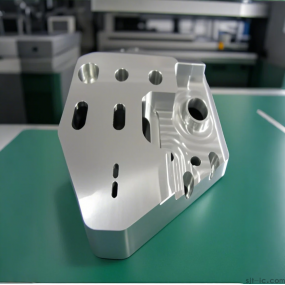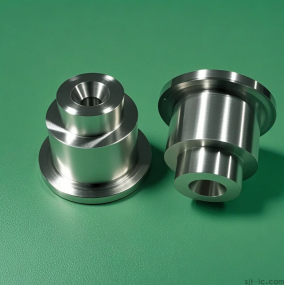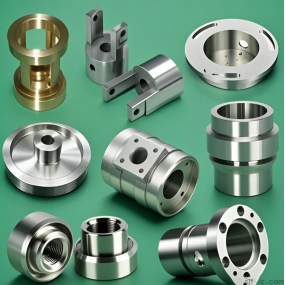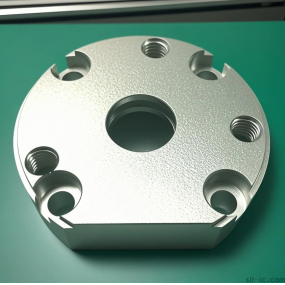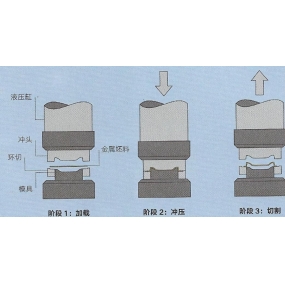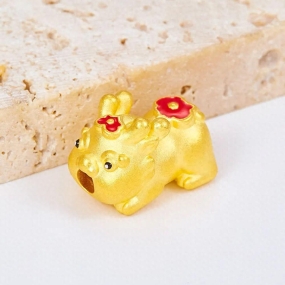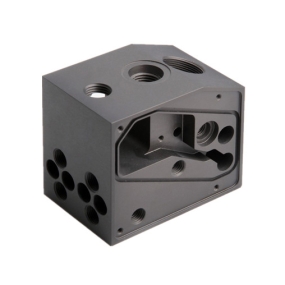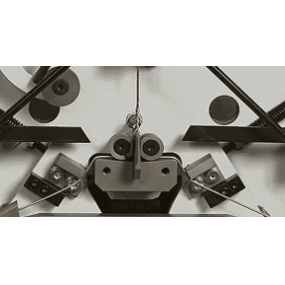Following the previous article, what other matters should stamping parts manufacturers pay attention to when planning and processing the discharge plate of the stamping die?
4. Continuous die discharge plate should not ignore heat treatment
The continuous die is a kind of high-efficiency die, and it is very important to maintain the stability of its operation and reduce the number of repairs during production. Therefore, the continuous die needs to consider many details whether it is planning or manufacturing. The unloading plate is an important part in the continuous die, because it not only takes the effect of pressing and unloading, but also has a guiding effect on the convex die, and constantly touches the parts such as the concave die. Therefore, it should also have sufficient strength and hardness, and have a good service life. For this reason, the material of the unloading plate of the continuous die is generally the same as that of the concave die, and it needs to be quenched 55-58HRC.
5. Fine stamping die discharge plate should not be unguided
With the development of fine blanking technology to large-scale and composite processes, the proportion of fixed convex form fine blanking dies is increasing day by day. In the fixed convex form fine blanking die, the punch is fixed on the die base and does not move, and the discharge plate (which also plays the effect of the blank holder) maintains relative movement through the force transfer rod, the die base and the punch. The discharge plate slides on the guide post of the fine blanking die base at the same time, and the movement is stable and the pressure is balanced, which is effective in ensuring the quality of the fine blanking parts and extending the service life of the die. 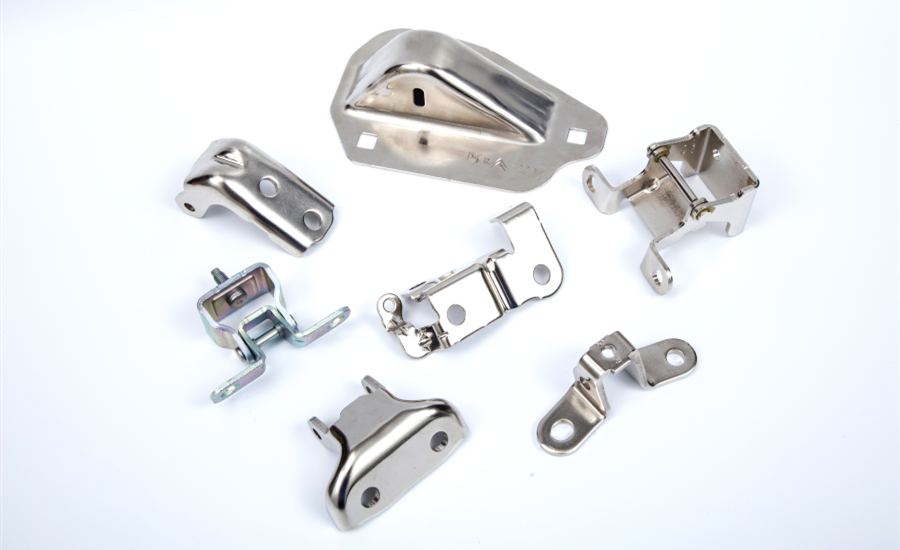 6. The discharge plate cannot be skewed during the discharge process
6. The discharge plate cannot be skewed during the discharge process
The effect of unloading the strip material in the die. The unloading force is generally supplied by elastic components or hydraulic and pneumatic power devices. Stamping parts manufacturers should require that the unloading plate move smoothly and not skewed during the unloading process, otherwise it will form unloading difficulties, accelerate the wear of the punch and damage the mold. In order to avoid uneven unloading force during the unloading process (simple appearance when using stretch springs and rubber elastic components for unloading), generally guide elements are added to the unloading plate or shaft sleeves are used to fix the position of the unloading plate. Due to the fact that the lengths of four or more shafts can be ground to a common scale, the lower plane of the unloading plate has a good parallelism to the upper plane of the concave die, and the unloading plate has smooth movement and good force, which is conducive to maintaining the punch and improving the life of the die.
7. The thickness of the discharge plate should not be too small
During the stamping process, the discharge plate has certain strength and stiffness requirements because it is not only subject to the effect of discharge force and pressing force, but also to the impact force from the concave die. For example, the discharge force of general stamping is about 5% to 8% of the punch force, and the discharge blank holder force during fine stamping is about 40% of the fine stamping force. Therefore, this force is still very large, which simply causes the deformation of the discharge plate and affects the normal operation of the die. That is, the thickness of the discharge plate should not be too small.
This article is from EMAR Mold Co., Ltd. For more EMAR related information, please click: www.sjt-ic.com!


 Spanish
Spanish Arabic
Arabic French
French Portuguese
Portuguese Belarusian
Belarusian Japanese
Japanese Russian
Russian Malay
Malay Icelandic
Icelandic Bulgarian
Bulgarian Azerbaijani
Azerbaijani Estonian
Estonian Irish
Irish Polish
Polish Persian
Persian Boolean
Boolean Danish
Danish German
German Filipino
Filipino Finnish
Finnish Korean
Korean Dutch
Dutch Galician
Galician Catalan
Catalan Czech
Czech Croatian
Croatian Latin
Latin Latvian
Latvian Romanian
Romanian Maltese
Maltese Macedonian
Macedonian Norwegian
Norwegian Swedish
Swedish Serbian
Serbian Slovak
Slovak Slovenian
Slovenian Swahili
Swahili Thai
Thai Turkish
Turkish Welsh
Welsh Urdu
Urdu Ukrainian
Ukrainian Greek
Greek Hungarian
Hungarian Italian
Italian Yiddish
Yiddish Indonesian
Indonesian Vietnamese
Vietnamese Haitian Creole
Haitian Creole Spanish Basque
Spanish Basque

